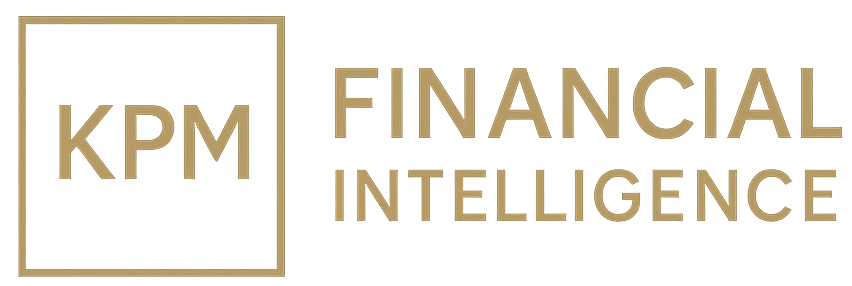Tourism as Ghana’s Hidden Foreign Reserve Engine
Ghana’s tourism earned GH¢15.42bn (≈USD1.1bn) from 901,448 arrivals, avg spend USD1,200/visitor. Revenue rivals cocoa (LSE:HOTC) & oil, easing FX strain (GHS/USD=X) and Eurobond risk (LSE:GHANA31) but depends on policy to sustain yield.

Ghana’s tourism sector has quietly emerged as one of the country’s strongest foreign exchange earners. According to the Ghana International Tourism Survey (GITS), inbound arrivals reached 901,448 in 2022/23, generating GH¢15.42 billion (≈USD 1.1 billion). Of this, GH¢15.18 billion came from overnight visitors, while same-day visitors contributed GH¢239.6 million. These inflows rival cocoa exports (LSE:HOTC), sit just below crude oil receipts (TSE:TSX:CNQ as a global comparator), and strengthen the Bank of Ghana’s (BoG) ability to stabilize the cedi (GHS/USD=X). For global bondholders in Ghana’s Eurobonds (LSE:GHANA31), such inflows are not cultural trivia—they are balance sheet support.
Why now? Several forces converged. Post-COVID pent-up demand boosted global travel. Ghana, through the “Year of Return” legacy and “Beyond the Return” initiative, positioned itself as a cultural and diaspora hub. Currency depreciation made Ghana cheaper in dollar terms, stretching tourist purchasing power. And modest policy interventions—streamlined air connectivity, partial visa reforms—facilitated arrivals. The outcome: an average spend of ~GH¢17,100 per visitor (~USD 1,200), a figure that compares favorably with Kenya (NSE:KQ for Kenya Airways) and signals Ghana’s capacity to compete with East Africa’s safari-dominated tourism model.
For global investors, this matters because tourism revenues act as quasi-reserves, reinforcing Ghana’s external position. With public debt at 73 percent of GDP and IMF program discipline in play, USD 1.1 billion in services exports reduces rollover risk on external obligations. A 10 percent rise in arrivals could deliver GH¢1.5 billion more—enough to cover a quarter of annual Eurobond coupon payments. Conversely, a 20 percent shock in arrivals could wipe out GH¢3 billion, forcing Ghana to choose between reserve depletion or tighter austerity. For traders watching Ghana’s 2031 Eurobond (LSE:GHANA31) or frontier bond ETFs (NYSEARCA:EMLC), tourism is thus a non-traditional but material variable in pricing risk.
For African policymakers, the lesson is equally clear. Tourism revenue diversification reduces exposure to commodity price volatility. Mauritius (SEM:MHHL.N0000) earns USD 2.5 billion from under 1.5 million arrivals by targeting high-yield markets. South Africa (JSE:SAA for South African Airways) generates USD 8 billion annually from 8 million visitors. Ghana’s USD 1.1 billion on under 1 million visitors places it in an enviable “mid-tier” bracket—but with headroom to double. The challenge is scaling without diluting yield.
The policy angle is that Ghana must treat tourism not as an afterthought but as a strategic growth lever. A deliberate push on visa liberalization for high-income markets, investments in road and airport infrastructure (TSE:AC.TO for global airline comparator), and regional joint marketing under ECOWAS could extend average stay duration and lift per-capita spend. Fiscal incentives for private investment in hotels, resorts, and cultural infrastructure could further deepen value chains. Tourism needs to be written into Ghana’s macro framework the way extractives are—because its inflows can directly influence current account balances, FX reserves, and fiscal buffers.
Globally, decision makers and traders are watching because services exports like tourism shape frontier market resilience. Investors weighing allocations between African Eurobonds—Nigeria (NGX:ZENITHBANK), Kenya (NSE:KCB), Ghana (LSE:GHANA31)—must now factor tourism into their models of external sustainability. For multilateral institutions, the policy lesson is that debt sustainability assessments cannot ignore services inflows. For corporates, especially airlines (AF:AF.PA for Air France-KLM) and hospitality groups (NYSE:HLT, NYSE:MAR), Ghana’s rising profile signals an expanding market. For African decision makers, the benchmark is clear: to compete, policy must translate tourist arrivals into fiscal and FX buffers, not just glossy campaigns.
The GH¢15.42 billion figure is thus more than a statistic. It is a market signal. It tells Eurobond traders that Ghana has an alternative FX cushion. It tells the IMF and rating agencies (NYSE:SPGI for S&P Global, NYSE:MCO for Moody’s) that tourism can supplement structural adjustment. It tells African policymakers that diversification is not just about industrialization—it is also about services exports. And it tells global corporates that Ghana is open for business, with yield per tourist metrics rivaling peers.
The risk, however, is complacency. Tourism remains volatile, subject to external shocks—recessions in the EU, FX volatility, pandemics, or geopolitical instability. If Ghana fails to institutionalize reforms—like regional connectivity, infrastructure, and regulatory clarity—the sector could plateau or reverse. But if it leverages momentum strategically, Ghana could transform tourism into a stabilizing anchor, helping to reduce Eurobond spreads, ease pressure on the cedi, and reposition the economy as more resilient within Sub-Saharan Africa.
Tourism is not just leisure. For investors, it is cash flow. For Ghana, it is fiscal credibility. For Africa, it is proof that services can move markets.





